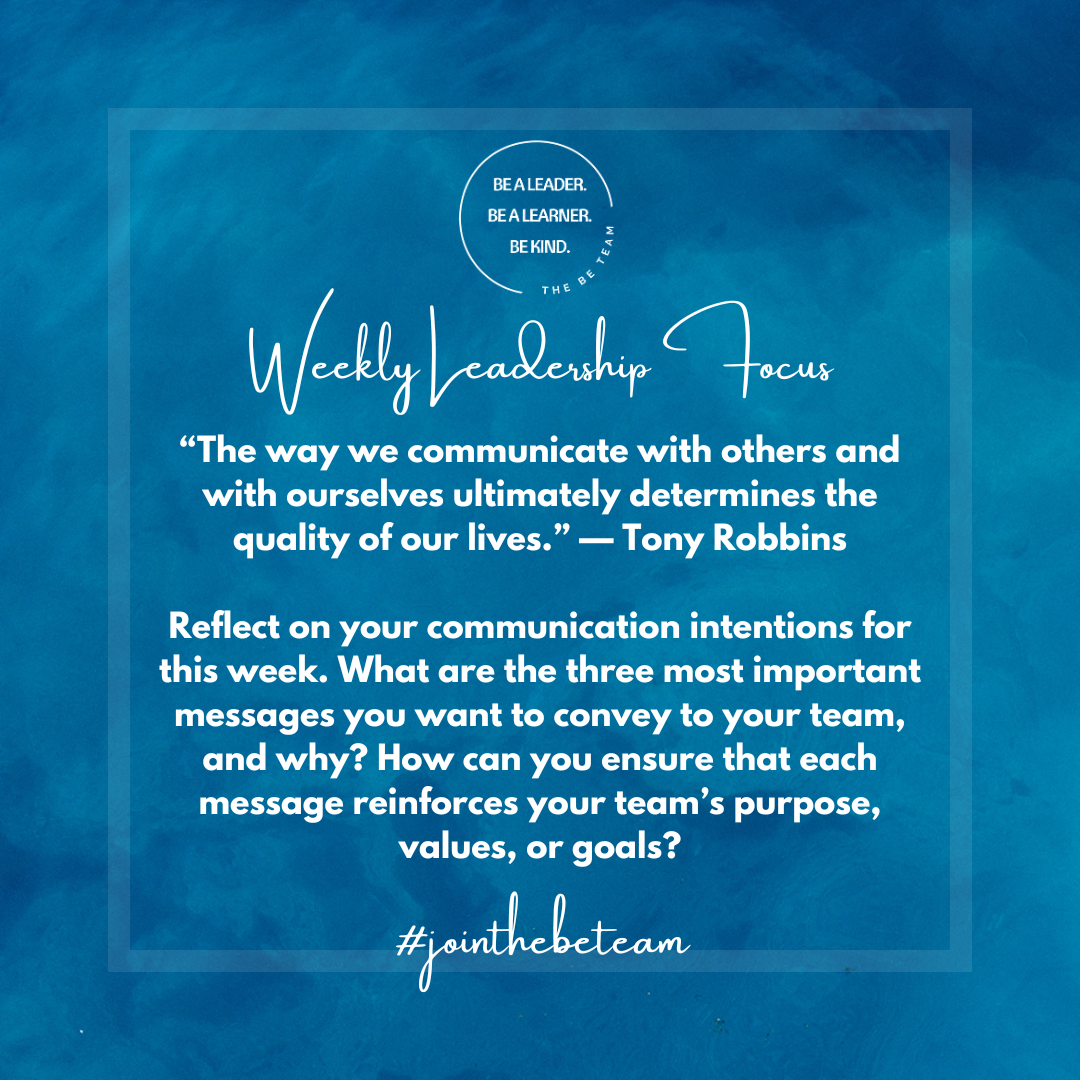Is Your Communication Creating a Community?

In leadership, communication is more than exchanging information; it's about fostering connection and creating a sense of community. When team members feel genuinely connected, they are not just employees—they are engaged, motivated individuals invested in a shared purpose. But is your communication creating a community that values, trusts, and supports one another?
Creating community in the workplace isn’t an automatic outcome; it’s built intentionally through mindful communication, authentic listening, and consistent reinforcement of shared goals and values. This week, let’s explore how purposeful communication can transform your team from a group of individuals into a thriving, supportive community.
One Thought to Keep in Mind
Building a community requires open, two-way communication where everyone feels valued, heard, and connected to the team’s purpose. Leaders who foster this sense of belonging see higher engagement, loyalty, and productivity. When each person’s voice matters, they’re more likely to contribute, collaborate, and invest in the team’s collective success. Creating community is about nurturing a shared culture where trust, mutual respect, and inclusion are central.
Two Strategies to Help Build Community Through Communication
1. Encourage Open Dialogue and Active Listening
Creating a space for open dialogue allows team members to feel safe in sharing their ideas, concerns, and insights. When leaders model active listening, they show respect for every individual’s perspective, reinforcing a sense of inclusion and belonging. Consistently encouraging feedback and genuinely considering team input creates a culture where everyone feels invested in the team’s mission.
Ideas for Encouraging Dialogue:
- Start team meetings by inviting questions, ideas, or thoughts that others would like to share.
- Regularly check in with your team, asking for feedback on current projects or ideas for improvement.
Questions to Ask Yourself:
- How often do I encourage my team to share their thoughts?
- Do I actively listen and act on the feedback my team provides?
By making open dialogue a regular part of your team’s culture, you create a foundation of trust and unity.
2. Create Spaces for Informal Connection
Building community goes beyond formal meetings and structured tasks. Creating spaces for informal connection allows team members to connect on a personal level, fostering deeper relationships and trust. When leaders facilitate opportunities for casual conversation, they help their team feel more comfortable sharing ideas, offering support, and collaborating freely.
Ideas for Informal Connection:
- Set up virtual “coffee breaks” or casual meetups where team members can chat about non-work topics.
- Create a shared “team highlights” board where people can post updates, personal wins, or things they’re excited about.
Questions to Reflect On:
- How often do I encourage non-work-related conversations that build personal connections?
- What informal spaces can I create to help team members feel more connected?
By fostering spaces for informal connection, you encourage team members to build relationships that go beyond work, leading to a more cohesive and supportive community.
One Question to Reflect On
What’s one area of team culture that could benefit from stronger communication? Reflect on how you can foster connection in that area. Whether it’s encouraging cross-team collaboration, recognizing overlooked contributions, or creating more opportunities for informal check-ins, purposeful communication can strengthen community across all facets of your team’s work.
Action Step
Identify one specific way to improve communication within your team this week. Maybe it’s scheduling a team-building activity, sending personalized messages of encouragement, or creating a shared space for informal conversation. Choose a method that feels authentic and aligned with your team’s needs. Notice the impact of this added connection on your team’s energy and morale.
Final Thoughts
Effective communication isn’t just about sharing information—it’s about creating a supportive, inclusive environment where everyone feels a part of something bigger than themselves. When leaders communicate with purpose, they build a community grounded in trust, respect, and shared goals. As you focus on creating connection this week, watch how your team responds with greater engagement, collaboration, and dedication. A strong community isn’t built overnight, but with consistent and intentional communication, it becomes the backbone of a thriving, unified team. Here’s to building community through communication—and to the success that follows!
Until we meet again: Be a Leader. Be a Learner. Be Kind.
Dr. Roy Bishop, Jr.
Ready to take your leadership skills to the next level? Click Here to sign up for a complimentary 1-hour leadership consultation with me today! Let's work together to equip you with everything you need to achieve greatness!
Check out our website at www.jointhebeteam.com for more tips, tools, and resources for leaders!
share this
Related Articles



STAY UP TO DATE
the latest from the be team
Receive an alert anytime a new post drops
Contact Us

